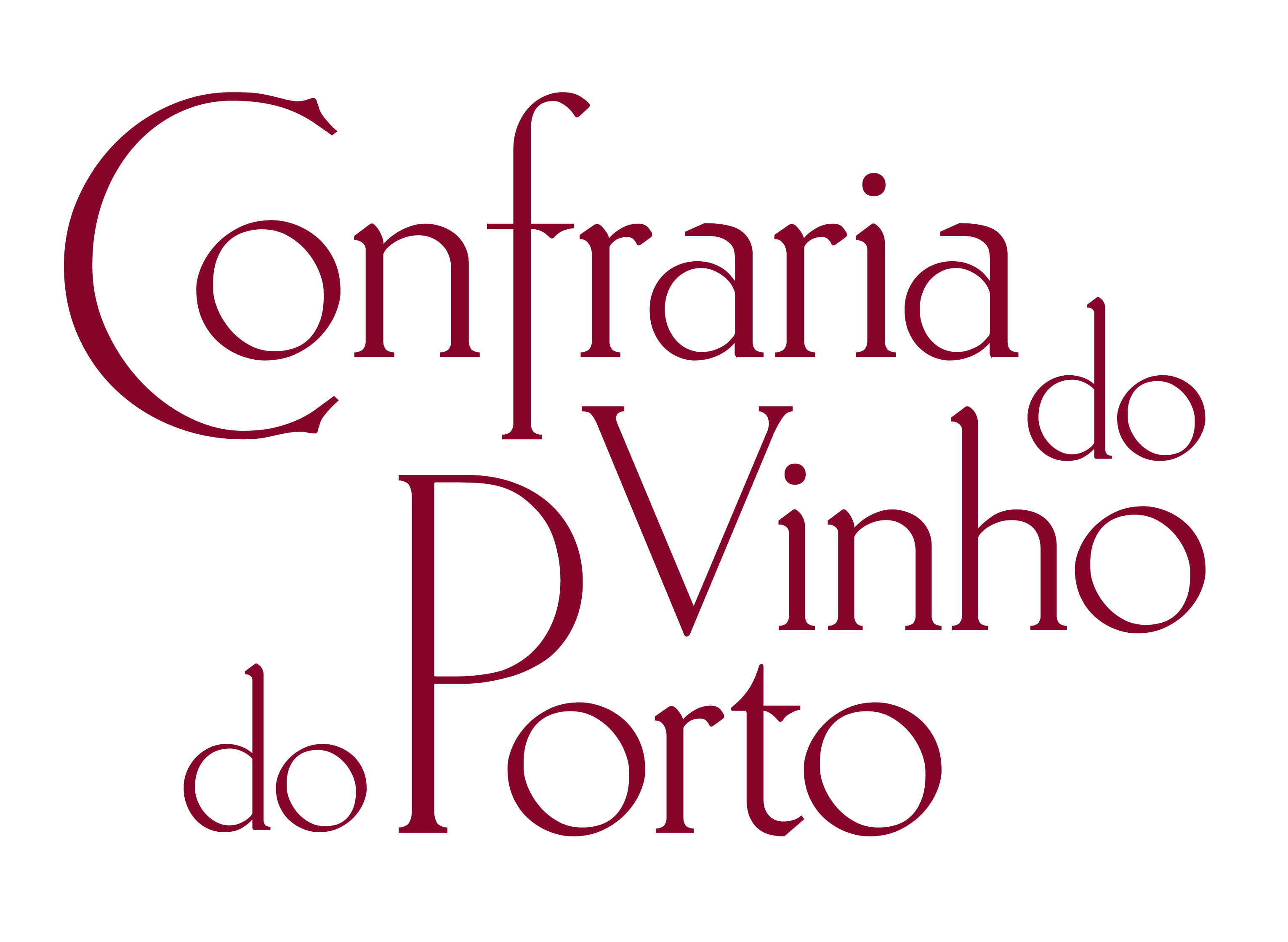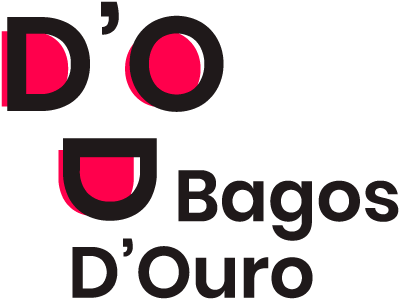I am an academic working in the School of Information at the University of California in Berkeley, California. And I am honoured to be a member of the Confraria. Though Information Studies may be a long way from Port Wine, I have been particularly interested in trademarks and brands as a kind of information. This interest has been heavily shaped by my research into the Port trade, which made a major contribution to the development of the modern trademark. Conventional accounts tend to place the history of trademarks within the development of industry in the second half of the nineteenth century. Historical research, however, reveals that the wine trade, particularly in Portugal and France, played a significant role in how societies came to conceive of and legislate around trademarks.
Conventional accounts also tend to see trademarks, as most of us do, as battles between producers of similar goods. Thus we see the main battle of brands as those between market competitors. Between, for instance, Coca-Cola and Pepsi-Cola, or Apple and IBM. Again, historical research shows that, while trademarks no doubt do play such a role, they also play an important role in governing supply chains. Over the history of wine, for instance, we can see significant battles over whose brand would appear on the bottle that the consumer buys. Would it be the brand of the retailer or the producer?
Wine, of course, tends to have more complex supply chains. Thus in England, battles over branding developed between not just retailer and producer, but also importer, exporter, and vintner. At different times, consumers learned to rely on different points in the chain. Those who managed to brand the bottle in effect branded the whole chain. And in doing so, they tended to take the larger share of the profits.
Of course, when particular brands rise to prominence, they become targets for imitation. And it is around the defense of brand owners’ rights and fights against consumer deception that trademark law develops. This makes areas where trademark laws are not honored challenging for both branders and consumers. Consequently, my location in California, a state in a country that well into the nineteenth century refused to honor international marks, is a particularly interesting place to conduct this research. And, as California grew to be the center of American wine production, it also became the center of fraudulent or at least highly imitative trademarks, as local producers sought to imitate international marks and build on their reputation, in the process, invoking international supply chains, while not playing a part in them. And as in Europe, the wine trade helped to promote broader trademark law, so California was the first state to develop a trademark law in the United States. It did this in 1863, so seven years before the Federal Government produced its first national trademark law.
Nonetheless, imitations and invocations of European wines and their labels continued. Hence, into the twentieth century, labels like the one in this illustration appeared on California wine, indicating the pervasive influence of Portuguese wines internationally.

And hence, too, I was delighted and honored to be inducted into the Confraria in California at a ceremony held in part to honor the agreement of major California wine companies not to use the name “Port” on their wines.





